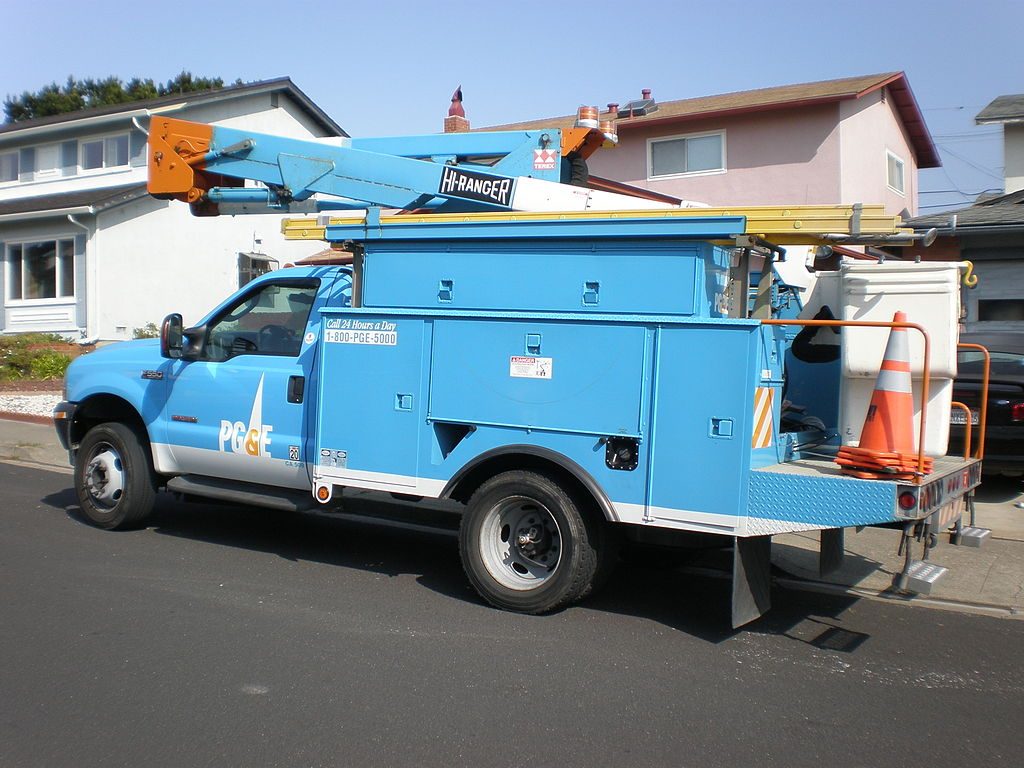
Northern Californians may be experiencing widespread power cuts like the one they suffered last week for the next decade, according to PG&E Corp. CEO Bill Johnson. During an emergency meeting with the California Public Utilities Commission (PUC), Johnson said it could take 10 years before planned tree trimming and technology upgrades made enough of a difference that the risk of wildfires from its equipment was “really ratcheted down significantly.”
Based on Johnson’s comments at the meeting, any of PG&E’s 5 million electric customers can be affected by the practice known as Public Safety Power Shutoff (PSPS). Johnson said the sporadic outages are needed to reduce the chances of wildfires during seasonally high winds that can damage power lines. Johnson clarified his remarks in a statement issued later, saying, “I didn’t mean to say we’d be doing it on this scale for 10 years. I think they’ll decrease in size and scope every year.”
Last week, the company shut off power to roughly 800,000 homes and workplaces in northern California to reduce wildfire risks posed by extremely windy and dry weather. The outage disrupted schools and businesses and cost the city of San Jose at least half a million dollars. PG&E’s website and call center were overwhelmed by customer traffic.
The meeting with the PUC was called to discuss PG&E’s response to the wildfire risk. Critics have claimed that the blackout was on too large a scale with insufficient communication with customers. California Gov. Gavin Newsom has referred to the utility’s management of the outages as “unacceptable” and has called for PG&E to issue rebates to residential customers and small businesses affected by the outages. Johnson said PG&E is considering the request, but is concerned about setting a precedent.
The outage is just the latest event for which PG&E has received widespread public criticism. The power company previously admitted that its “probable” that its equipment started last year’s Camp Fire, which left 85 dead. The company reached an $11 billion settlement with insurance companies in September, then filed for bankruptcy in January 2019, citing potential civil liabilities from major wildfires linked to its equipment.
